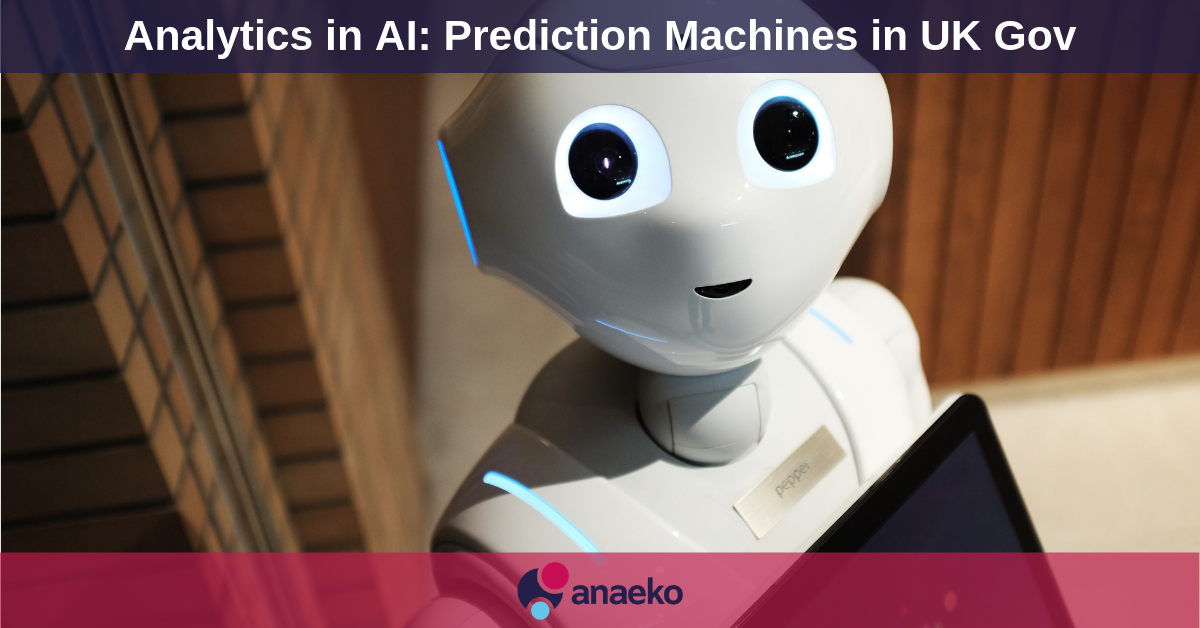"The current wave of advances in artificial intelligence doesn’t actually bring us intelligence but instead a critical component of intelligence:- prediction."
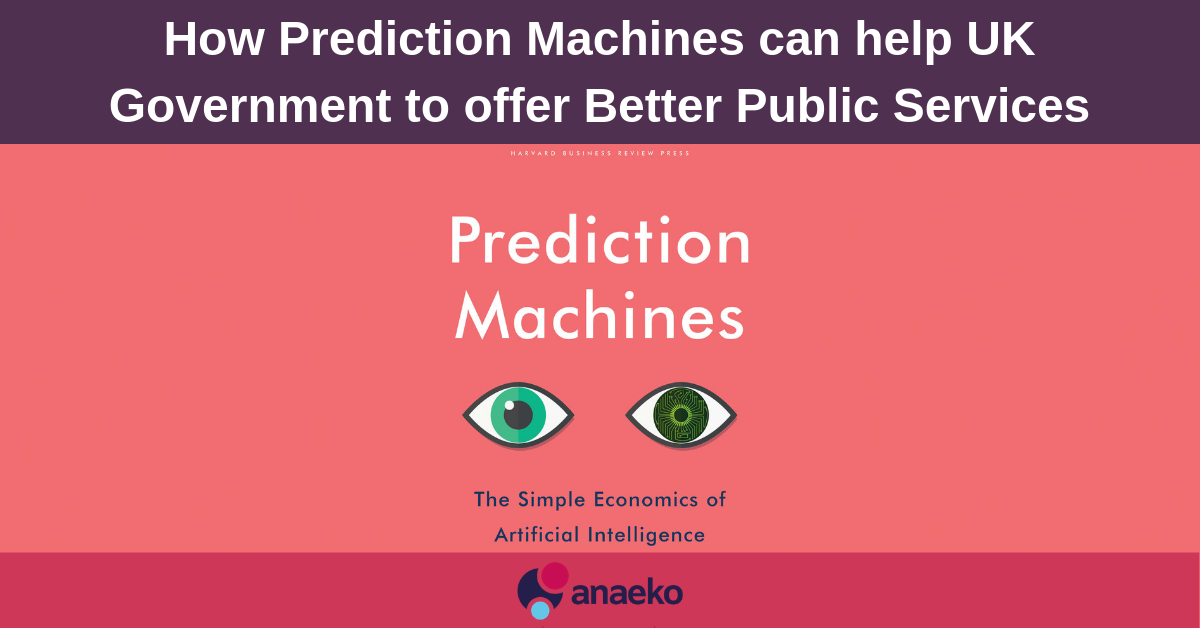
Artificial Intelligence
Working within the technology industry there are some buzzwords which come up over and over again, the current one being 'Artificial Intelligence'.
A recent book on Prediction Machines: The simple economics of Artificial Intelligence gives a better understanding of what artificial intelligence means for the future;
"The current wave of advances in artificial intelligence doesn’t actually bring us intelligence but instead a critical component of intelligence:- prediction."
Prediction machines use algorithms to predict the likelihood of X. For example, predicting the salary of an individual given information on their demographics, behaviour and cultural trends. By calculating the prediction accuracy of an event happening to a certain person, industry or trend, we gain further insight and can act accordingly. Prediction machines or models have many advantages, although there is an investment required to build these models, there are savings made intervening in a problem before it escalates. Public sector organisations can do this, but only if they can convene and analyse the datasets that might collectively point to cases of highest future risk.

UK Government Departments
If we take the example of three isolated departments; Department for Education, the Police and the Department of Health & Social Care. If each department can collaborate and integrate their data, we would be able to predict various cases like individuals who are at risk of committing crime in the future, individuals who are vulnerable and individuals who are at risk of drug/alcohol abuse etc. By identifying the potential problem before it happens this has a domino effect in future years. The costs of intervening before an event far outweigh the costs of intervening after the problem. In January 2018, it was announced that Kanagawa, a Japanese prefecture, hoped to introduce predictive policing, when tackling crime before the 2020 Tokyo Olympics. This AI-based system would employ a 'deep learning' algorithm that allows the computer to teach itself by analysing big data. By gathering various data from different departments, they can use metrics on time, places, weather and geographical conditions to predict the likelihood of criminal offences taking place.


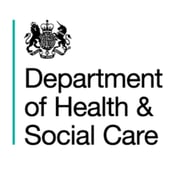
Predictive Analytics for Better Health and Social Care
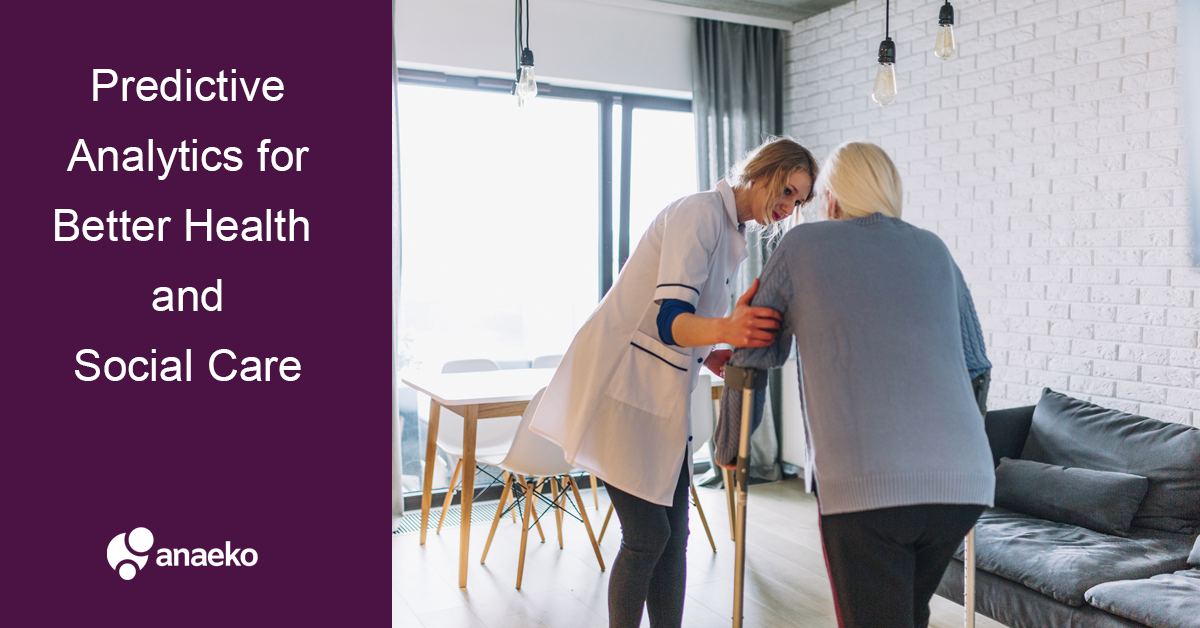
There are different areas where public services can implement predictive analytics. Within health and social care departments collaboration, data analysis, aligned information architecture and machine learning could lead to improved services and highlight patient's health signals before they develop into serious conditions.
Machine learning and predictive analytics has been used in collaboration between AliveCor and Mayo Clinic with ECG machine learning to unlock information on key factors beyond heart health.
"Mayo Clinic has pioneered new approaches that may uncover significant measures of physiology that have been hidden in individuals' ECGs." said Vic Gundotra, CEO, AliveCor
“It is exciting to see the application of machine learning algorithms in ECG and its potential to quickly detect rhythm abnormalities in patients,” said Friedman, a Mayo Clinic cardiologist.
More industries are becoming aware of data optimisation, prediction and the benefits of aligning multiple data sources, so costs are dropping for these services with some areas already adopting these techniques including fraud detection, credit worthiness, health insurance and inventory management. Successful implementation of predictive analytics is transforming human activities and starting to move into the healthcare sector in order to remove siloed working and improve health information sharing.
A good example of this is from a NHS Digital case study were Luton Council aimed to improve the communication between Healthcare and Adult Social Care.
A care system “Framework for Frailty” was developed to collaborate and create a common approach to the early recognition and identification of frailty as a long-term condition. The system made data available between health response staff and social care staff so staff could provide better targeted prevention and early intervention for patients that would be likely to need health and social care.
The outcomes of this project are to “provide personalised prevention care, see a potential £2.7 million saving for hospitals and reduce hospital admissions”.
Predictive analytics, artificial intelligence and data optimisation are achievable within healthcare and starting to play an integral role. With collaboration, engagement from key stakeholders, a focus on data protection, legislation and information architecture predictive analytics can bring many advantages to health care delivery and patients health.
Automated Processes
The collection of data is crucial to all things predictive. Most departments are sitting on a pool of data that can facilitate prediction machines and automated processes.
If you would like to find out more about how your data could be used for predictive analytics download our latest datasheet.
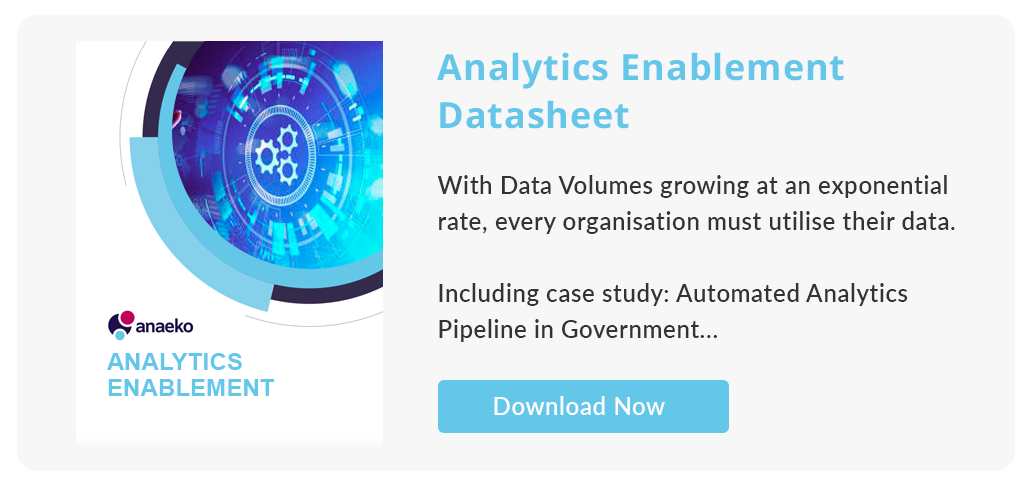
Join us at The HIMSS Global Health Conference & Exhibition 2020 in Orlando, FL. Connect with the Anaeko team before the conference to start discussions or set up meetings.
Topics: Data Analytics, Public Sector, Government, Artificial Intelligence, prediction


